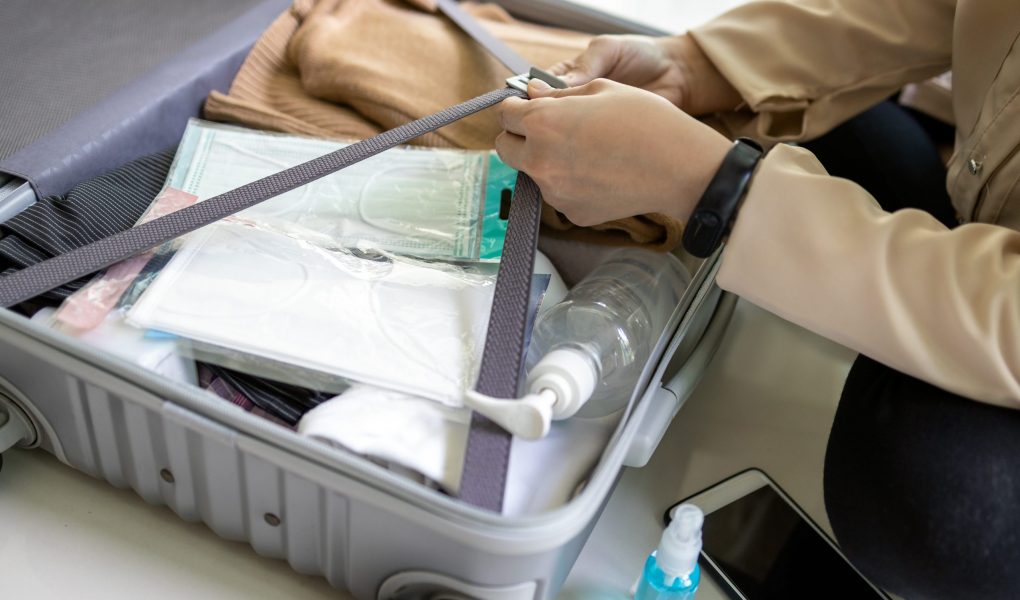A. 10 Packing Tips Every Traveler Should Know

Packaging is critical. If you forget an important item, you will be disappointed and have difficulty finding the store near your destination. If you overpack, you become disorganized, cluttered with heavy suitcases, and lose money to pay the airline’s expensive baggage fees. So we thought it best to review the most basic – and useful – packaging rules. Here are 10 basic packaging strategies every traveler should learn.
1. Roll, don’t bend.
Many travel experts – including backpackers who have to put month-old clothes in a box the size of a wine box – agree that rolling is better than folding. Well-rolled clothes take up less space than folded ones. They are also less likely to have deep wrinkles from wrinkles.
2. Make a packing list
When it comes to packing, procrastinators are neglected. Start your packing process days or even weeks before your departure date; This will give you time to make a full list and purchase additional items that you will need for your vacation. Creating a packing list is a surefire way to make sure you never forget to bring something important with you.
3. Check your airline’s baggage fee policy

Discovering the complicated and confusing airline baggage fee policies is key to any budget-conscious packaging strategy. While most airlines allow travelers to check in at least one piece of baggage on international flights, most US airlines charge a lot of money for checked baggage on domestic flights. Spirit Airlines – this notoriously customer-unfriendly discounter – charges up to $ 100 for hand luggage.
Before you start packing, take a look at your airline’s website and read their baggage policy. This is something you might even want to do before buying your plane ticket, especially if you are determined to bring a checked bag or two. Consider flying Southwest or JetBlue, both of which allow at least one free checked bag on domestic flights.
4. Follow the 3-1-1 rule
What if you fail to follow Transportation Security Administration (TSA) rule 3-1-1 for carry-on baggage? Try getting a large bottle of full size shampoo or deodorant gel through the security line and the TSA will likely seize your belongings while keeping you in check. So make yourself familiar with the agencies’ regulations: All liquids carried on the planes must be in bottles of 3.4 ounces or smaller and contained in a single liter, clear, zippered pouch.
It also helps to know which items are considered liquids or gels under the TSA and are therefore subject to the 3-1-1 rule. It’s not as easy as it sounds. Foods like peanut butter, pudding, mashed potatoes, and frosting are classified as gels. Mascara, lip gloss, and aerosol articles are also classified as liquids or gels. But remember, prescription drugs are exempt. (Read more about it on the TSA blog.) For a more complete list of liquids and gels that are not allowed in carry-on baggage in excess of 3.4 ounces, click here.
5. Use your personal item wisely
It is standard for airlines to allow each passenger to take hand luggage and personal items on board aircraft. This personal item has certain size requirements (varies by airline), but in general something like a handbag, laptop bag, or backpack is acceptable.
In Five Tips for Putting Everything in a Handbag, Caroline Morse advises travelers to take their personal items allowance and suggests, “Forget wasting my personal items allowance on a tiny handbag, which comes in handy for everyone, too To have things that I need to have on hand during the flight within reach. ”
6. Wash your clothes on the go

Laundry is one of my favorite parts when staying in a vacation rental. If you know your properties have free laundry facilities, you’ve come to the right place. You can only wash and wear a handful of clothes, even on very long trips.
If you are staying at a hotel, call ahead to find out if laundry service is available and how much it costs. Travelers staying in non-laundry accommodations or cruising – cruise lines are notorious for charging an arm and pant leg for laundry services – can wash clothes in sinks and hang up to dry. I always make sure to bring a pack of laundry detergent and a sink plug with me to clean my clothes on the go – my secret is to put everything in a purse. Portable clothes dryers that attach to showers with suction cups are also good choices. You can find them in many travel supply stores.
7. Pack multipurpose clothing
When it’s two in one it’s one less thing to pack. Multipurpose items, like pants that transform into shorts or a jacket that transforms into a travel pillow (see these articles here), are well worth the weight in airline baggage fees.
8. Layer
This advice is twofold: use layers and pack in layers. First, your on-the-go wardrobe should be made up of many layers to help you navigate different climates in style and comfort. Second, the items in your bag should be packed in neat layers so that they can be easily sorted. According to the TSA, “pack items in layers (shoes one layer, clothing one layer, electronics one layer, etc.)” so that the security officer examining your bag has a clear picture of what is inside. The faster the TSA agent can filter your things, the faster you can get through the security line.
9. Never check important things
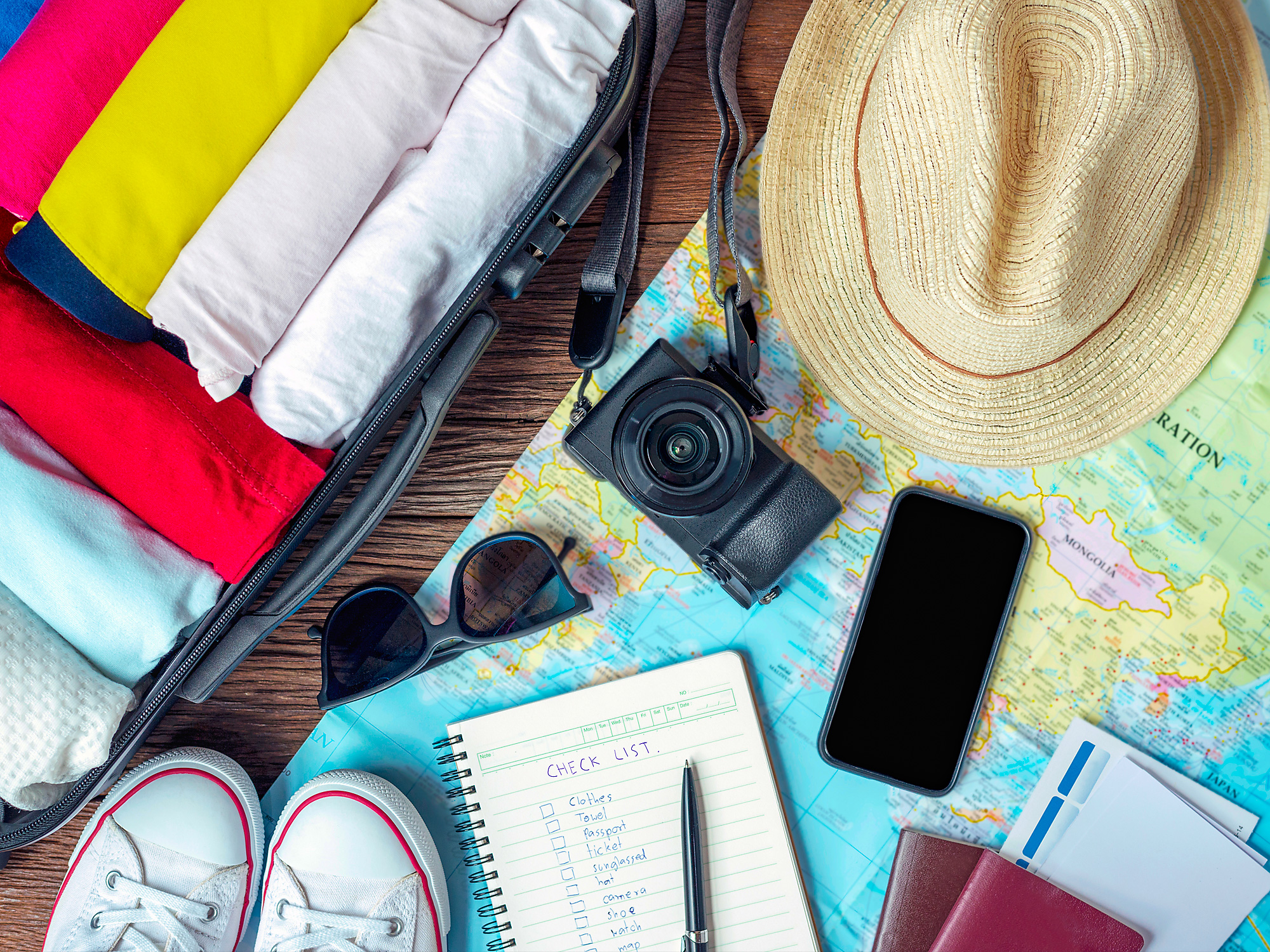
It is extremely important that you keep your valuables and important items in your carry-on bag and not in your checked baggage. Passport, ID, cash, credit cards, jewelry, electronics and other valuables should always be carried on the plane. We probably don’t need to say why you need to have your passport and wallet with you. But if the airline loses your baggage (or if a TSA agent gets sticky fingers), you’ll regret packing your expensive watch in a checked bag.
10. Use packing materials
My absolute favorite packing aid: Eagle Creek Compression Sacs. Use them to roll up your clothes in a compact, compact vacuum bag that takes up little space in your suitcase. Other packing aids that will help you organize and fit more in your pocket are panniers and packing cubes.
B. Pro Tips For Packing Your Suitcase Smarter

Inexperienced trekkers struggle with stubborn chests or bulging suitcases that they drag from the garage to the check-in counter. The most experienced globetrotters ride with elegant bags with wheels that fit perfectly in overhead bins. And we’ve all seen the frugal traveler packing their belongings in taped backpacks that are older than aviation itself.
It’s easy to quickly assess travelers with just their luggage, but not until the luggage is zipped open or the tape unrolled until we see how travel savvy they can be. Yes, the proof is on the packaging. While the optimal bag and packing methods vary depending on your itinerary, budget, and more, there are some near-universal guidelines you can follow to make life at the airport and in your hotel room comfortable when you live without a suitcase.
1. Peace of Mind Package.
As meticulously as you choose and sort the right wardrobe, you can’t help but hear this little voice in the back of your mind: What if your perfectly packed bag is lost, damaged or even delayed? Your first step in packing as a seasoned traveler is to choose Allianz Global Assistance travel insurance, which offers a baggage delay benefit that can reimburse you for essentials if you are apart for a minimum period of time. Also, look for a lost / damaged baggage allowance that can reimburse you for repairs and replacements, with the details given in your customized travel insurance plan.
You might be surprised how confidently you walk through the lobby knowing that your bases are covered by travel insurance, even if you’re carrying your kids’ Paw Patrol and Minnie Mouse bags (because your arms started to hurt at the airport entrance) . 1, 2 Before reading our packing tips, take a minute now to find travel insurance.
2. It’s in your pocket
It’s time to retire that black suitcase with the broken zipper and frayed edges. Modern luggage designs include split sections, compression straps, 360-degree wheels, and even digital tracking tags.
If you pack hand baggage, make sure it complies with the airline’s hand baggage regulations as the airlines restrict enforcement. (And if you’re more adventurous – or just want to skip or cut down on baggage fees incurred – try to put everything you need in your carry-on bag.)
3. Consider compression bags

Several companies make plastic travel compression bags that help remove air from bulky clothing when rolling (no vacuum required). Reviews from travelers are mixed.4 Some say it’s the best way to pack because you can do a lot more and use your bags to stash dirty clothes on the way back. You can even wash clothes in the bag with the addition of soap and water, then shake and massage. Other reviewers warn that compression bags can wrinkle fine fabrics and make overpacking easier and result in an overweight bag.
4. Practice the 1-2-3-4-5-6 rule
Here’s one of the easiest and best packing tips we’ve heard. 4 Pack your bags for a week-long trip:
- Hat
- Pairs of shoes
- Pairs of pants or skirts
- Shirts
- Pairs of socks
- Sets of underwear
This list can be customized to suit your needs and the nature of your trip. For example, a business trip requires a different cloakroom than a cruise. And maybe you’re someone who wears two shirts a day, just like that. But it’s a good place to start if you’re not sure how many items of clothing to bring with you.
5. Check your tags
Cloth is important when you are packing for a trip. Look for a material that resists wrinkles and stains, smells fresh after repeated wear, and dries quickly. For example, if you’re a sweater, include a piece of clothing that will soak up moisture. When Tortuga Backpacks asked experts for the best travel packaging tips, several fabric options were mentioned: lightweight merino wool for sweaters, quick-drying synthetics for underwear and SmartWool socks.
6. Select a travel palette
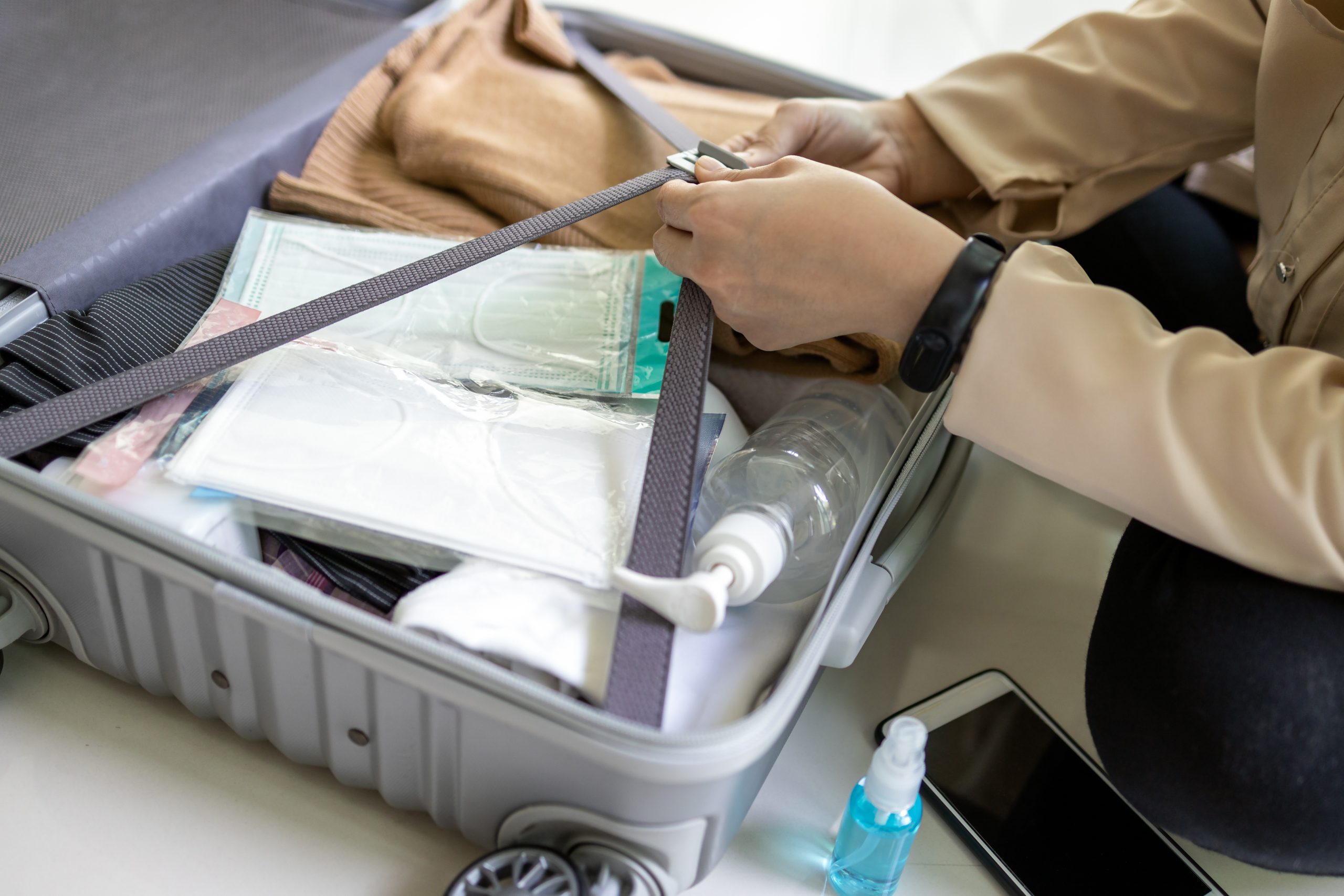
To reduce the amount of clothing packed in, use a strict color palette: a base of neutral tones like black and gray and an accent color like red or purple. You can put together different pieces of clothing for a week from a few pieces of land. Bring shoes that complement any outfit.
7. Do a reality check
Bring ice skates on cruise chips. Or wear bulky winter gear (including snowshoes) if your itinerary only allows 45 minutes for nature exploration. We heard everything. And we come to the same conclusion: your travel routine will mirror your home routine, so pack accordingly. This doesn’t mean turning down the swimsuit when expecting a therapeutic soak in the hotel hot tub, but it does mean thinking twice about putting things in your pocket that you don’t use every day.
8. Rolling the baby roll
Rolling up clothes is one of the most popular packing tips, and for good reason. The laundry roll saves space, reduces creasing and makes it easier to find the laundry in the suitcase. But do you really know how to roll? To turn t-shirts into decent cotton burritos, try the military scooter technique. Travel blogger Michael Tieso goes one step further and puts elastic bands around his clothes
9. Replace material with digital
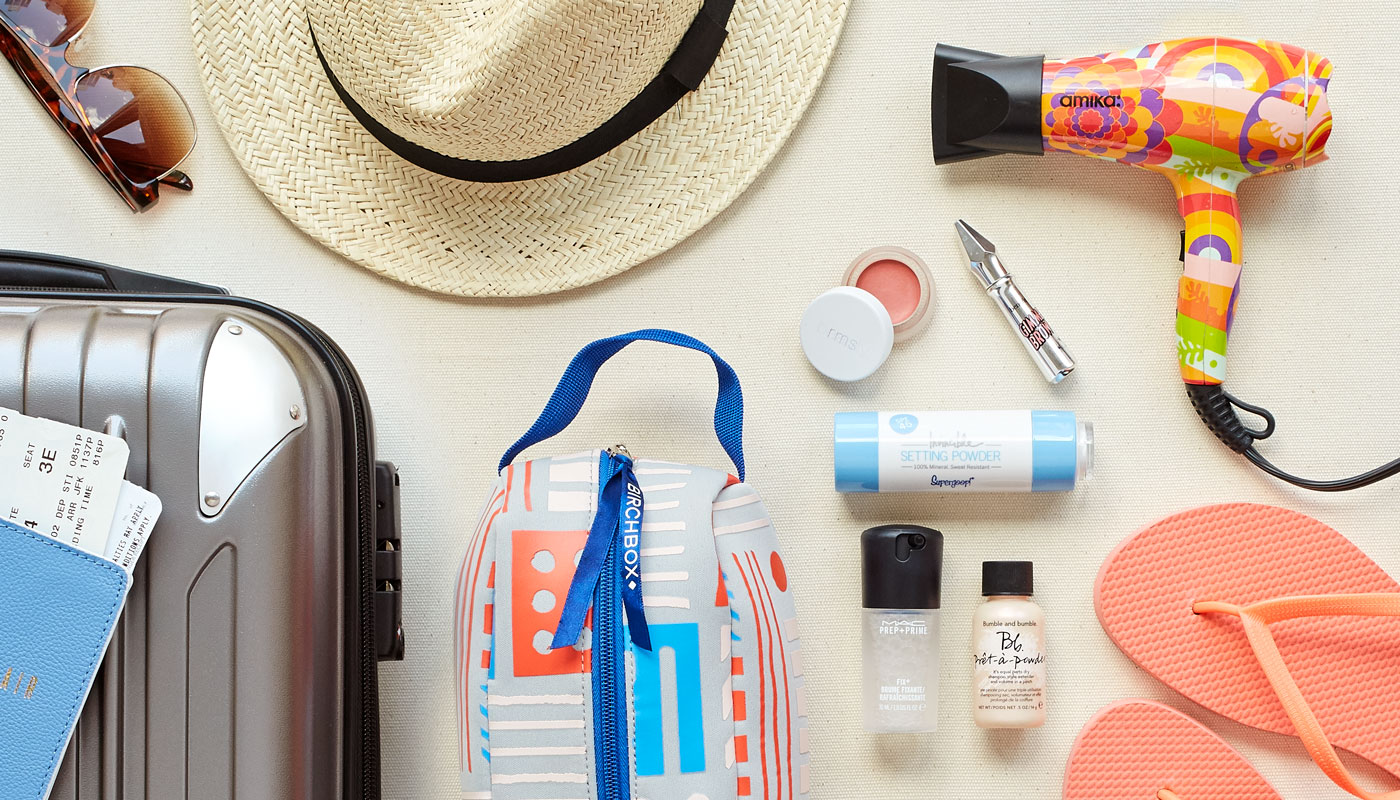
Books are bulky, but bytes weigh nothing. If you bring a phone or other mobile device, be sure to download maps, translation apps, travel guides, and reading materials for your trip. Travel documents are an exception. While it is a good idea to keep digital copies of your passport and itinerary on your phone, you might want to pack some hard copies as well.
10. Put together activity kits
We’re not talking about Mad Libs and Invisible Ink puzzle books here (though they’re fun). The best way to pack your suitcase and keep it organized while traveling is to use smaller bags to separate clothes after use: a swim kit, for example, and a training kit.
11. Nothing worse
If you’ve tried all of these tips and still can’t close your bag, try the following: Take off your bulky outfit – whether it’s a blazer or a raincoat – and wear it on board your plane when the weather permits. (A fleece jacket might not be a good idea when leaving Miami.) And don’t forget to stuff extra pockets.
12. Take your complete suitcase with you for a test drive
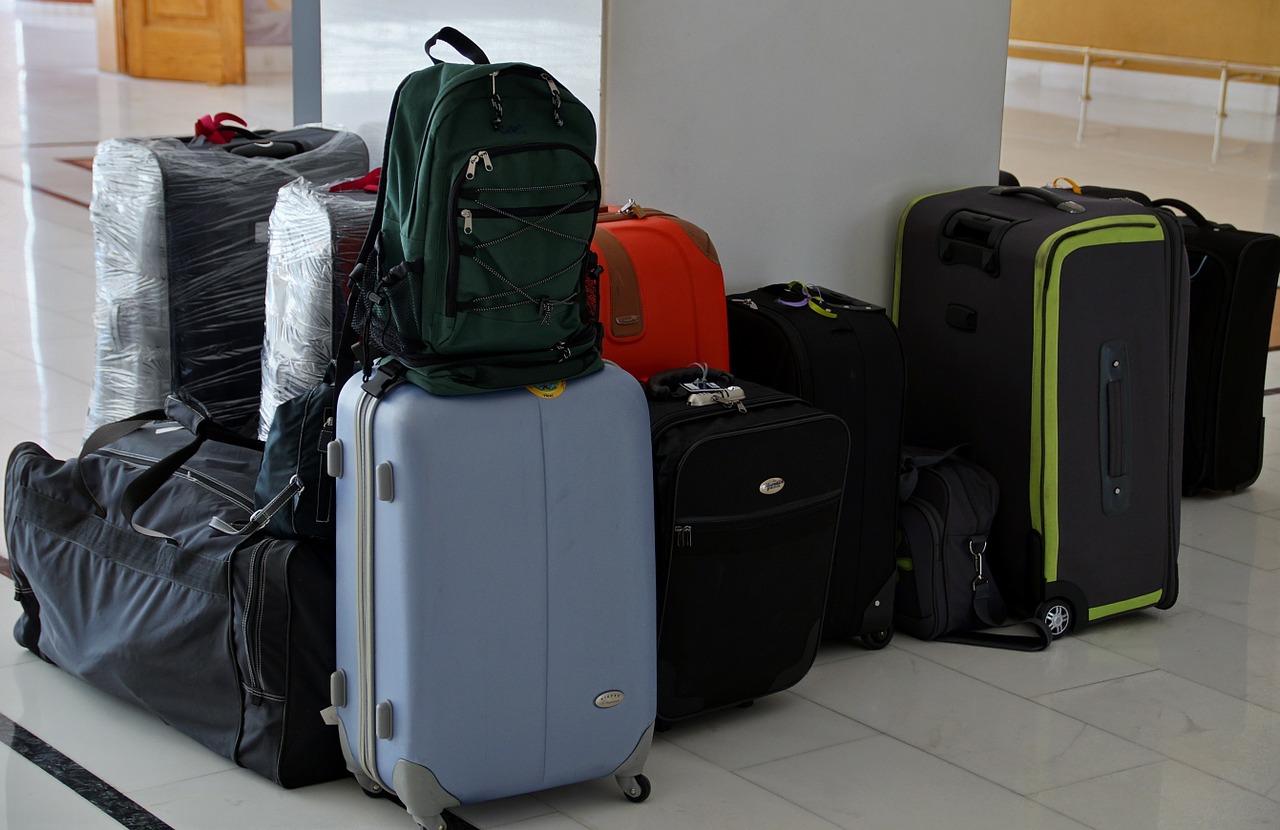
Do you think you left your suitcase as light as possible? Carry your bag by the handle for a while. Scroll up and down the street. Try to pull him up and down the stairs. This exercise shows you what it’s really like to travel with your bag. When you are exhausted or frustrated, there is a need to lighten the load.
